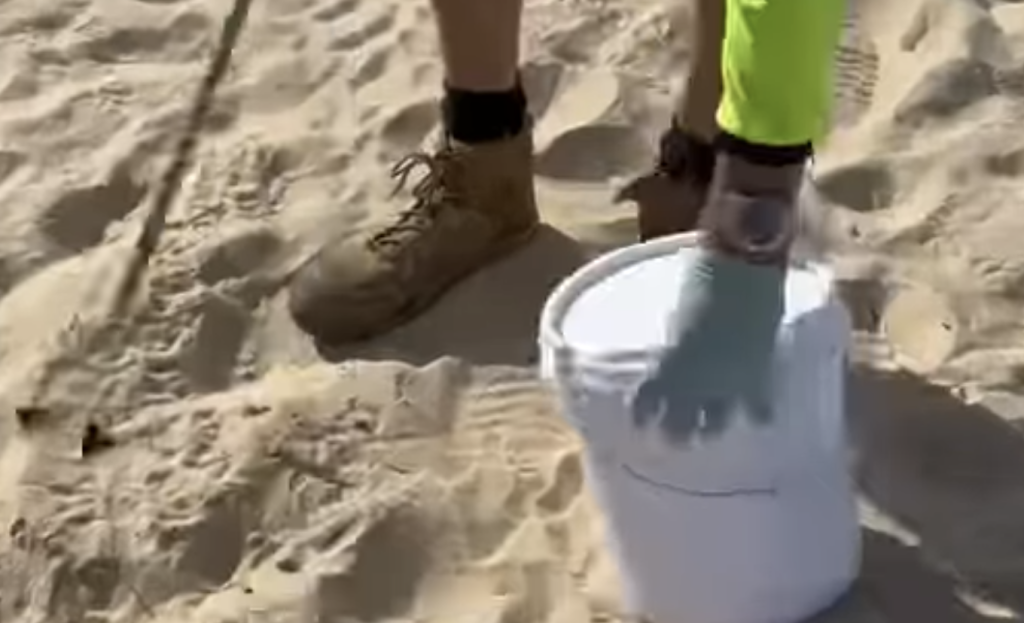Scientists likened them to “fatbergs,” clumps of waste and grease often found in sewer systems.
Others are reading now
Beaches are central to community life, offering a place for relaxation and a connection to nature.
Occasionally, environmental challenges interrupt this balance, bringing a reminder of the effort required to preserve these spaces.
Sydney’s beaches recently faced such a disruption with a puzzling environmental mystery.
Several of Sydney’s iconic beaches, including Manly and Dee Why, were closed after unusual gray and white balls began appearing on the shore.
Also read
Samples are being collected
This follows a similar event months earlier when black balls washed up, forcing the closure of eight beaches, including Bondi.
While those earlier fragments were linked to a possible sewage issue, the source of the newly discovered debris remains uncertain.
Local officials, including Northern Beaches Mayor Sue Heins, acknowledged the unsettling nature of the situation, given the lack of clarity.
Authorities from the local council and the New South Wales Environment Protection Authority (EPA) have begun collecting samples for analysis, and residents are being encouraged to report any sightings.
During the earlier incident in October, tests revealed that the black balls contained a mix of substances, including cooking oil, soap molecules, hair, veterinary drugs, and even traces of illegal substances.
Scientists likened them to “fatbergs,” clumps of waste and grease often found in sewer systems. Despite this, Sydney Water reported no known issues with the city’s sewage systems at the time.
Officials are stepping up inspections of beaches as they await further results, while environmental groups and political figures are increasing their scrutiny.
Greens Party member Sue Higginson has criticized the EPA for not identifying the source or assuring the public about the safety of Sydney’s beaches.




